I got a late start this morning getting into Bradford Beach but I did not miss the 3 Juvenile Black-bellied Plovers that were present. They were continually feeding long the shoreline for most of the beach area but moving around often as they were being flushed by joggers and dog walkers. Also present were 4 Semipalmated Plovers and 7 Sanderlings. Some nice algae along the beach, hopefully it will continue some to keep shorebirds to continue stopping. This beach has been amazing! Beautiful morning to be out birding. Images were taken on September 27, 2014.
Black-bellied Plover
Binomial name: Pluvialis squatarola
Category: Lapwings and Plovers
Size: 11.5” long, 29” wing span
Weight: 8 Oz.
Habitat: Breeding habitat is lowlands on dry Arctic tundra. They spend their winters on beaches and estuarine mudflats. They sometimes are found in flooded fields, agricultural lands, meadows near coasts or inland waters.
Diet: On their breeding grounds, main food source is insects. Their wintering habitat provides worms, bivalves and crustaceans.
Nesting: They prefer a raised area for nesting for good visibility. Nest is a shallow depression made by the male and finished by the female as her job is lining it with pebbles, grass, twigs, lichens and moss. 3-4 eggs are usually laid, one brood per season, both parents incubate them. Within 12 hours, the chicks are usually able to forage and both parents care for them.

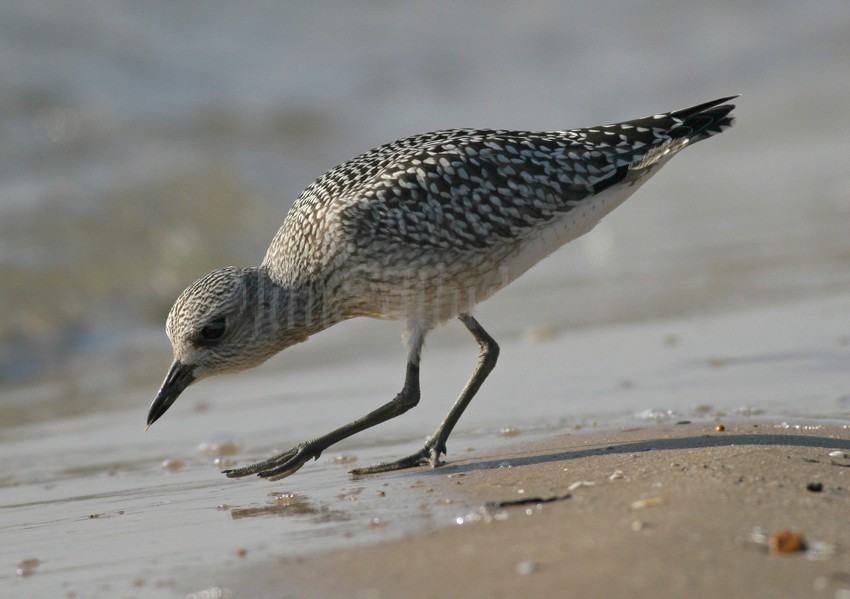
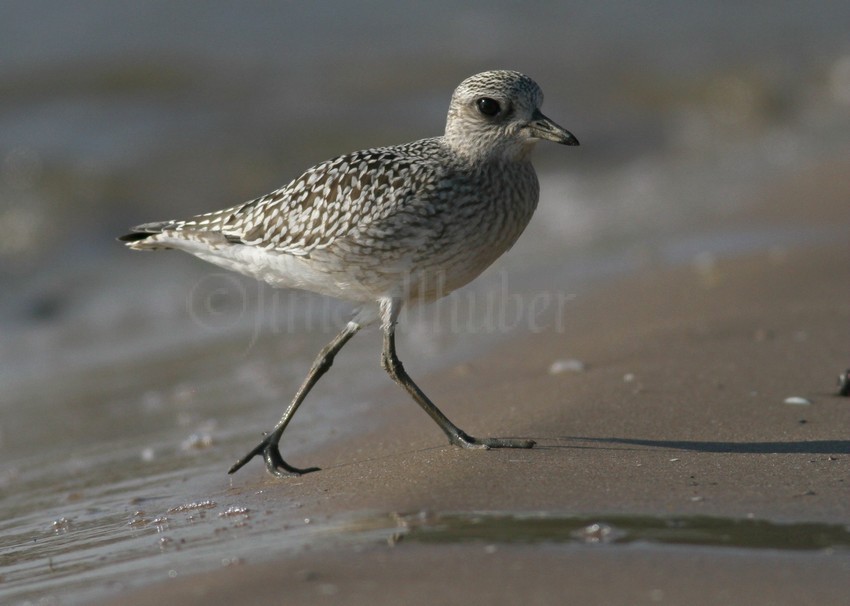
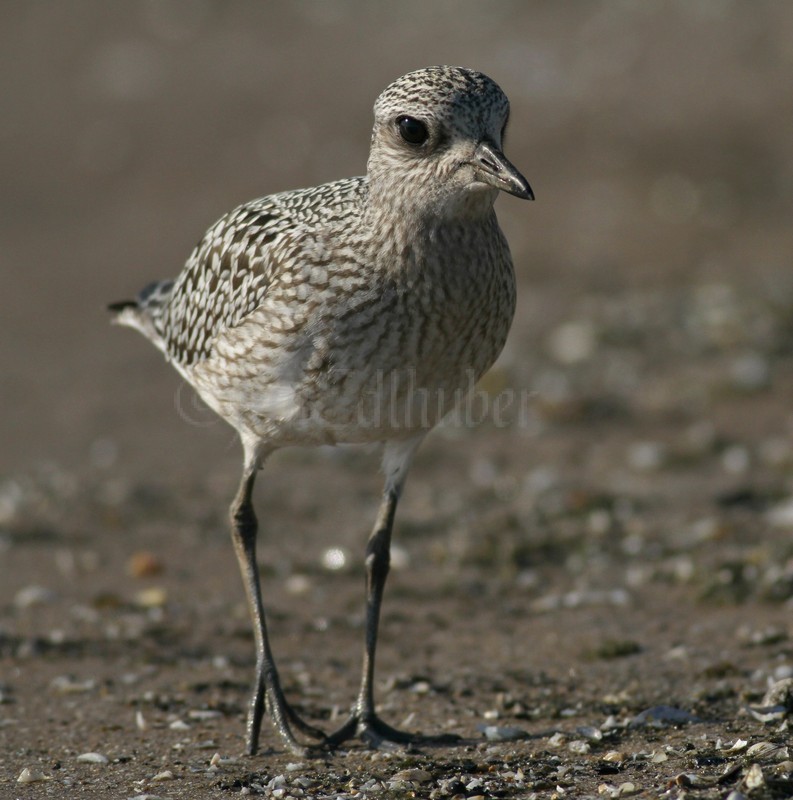
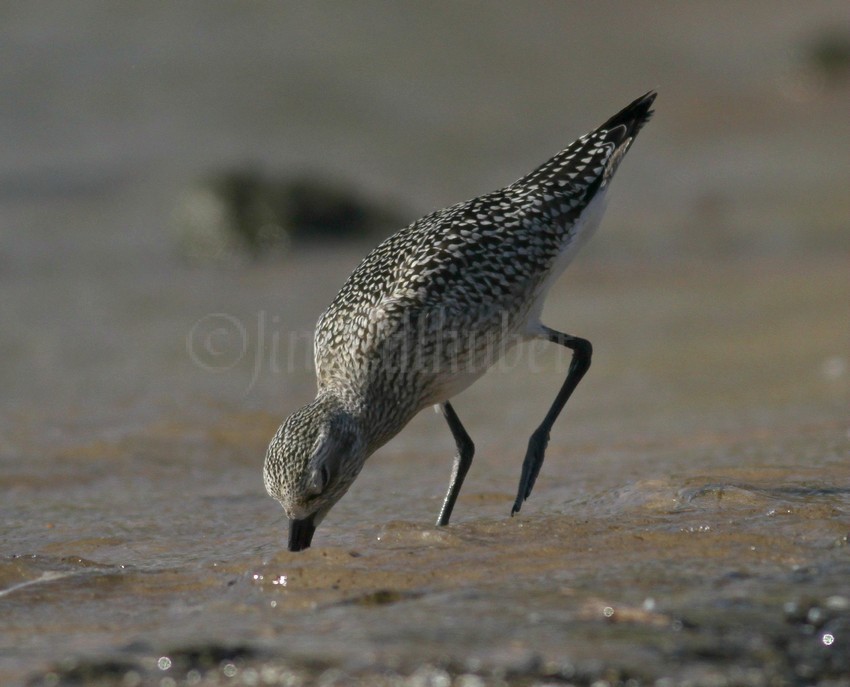
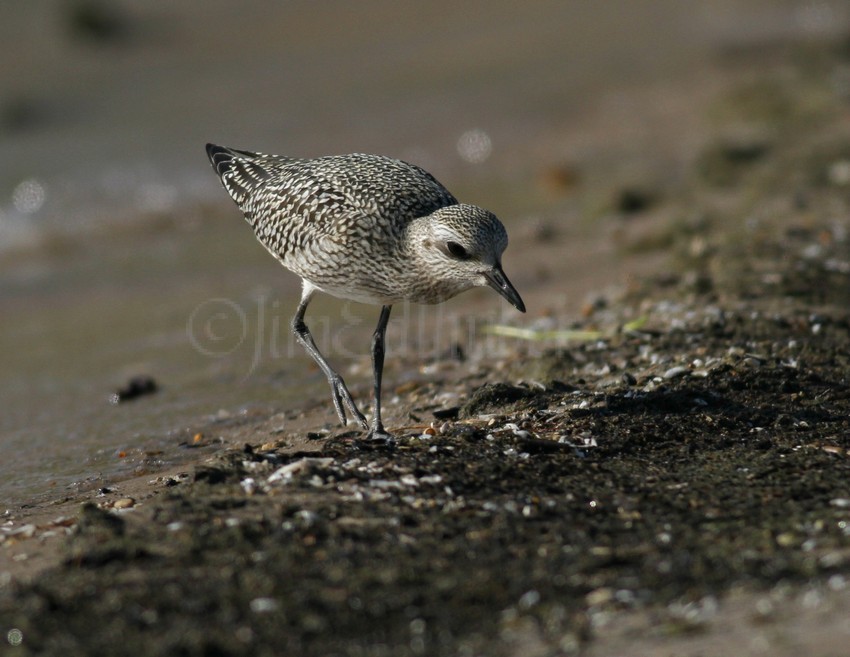
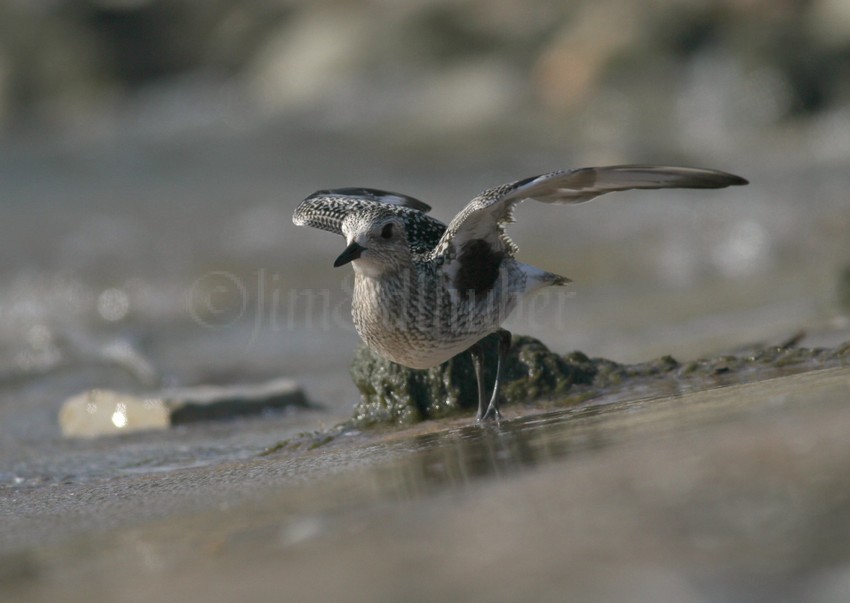
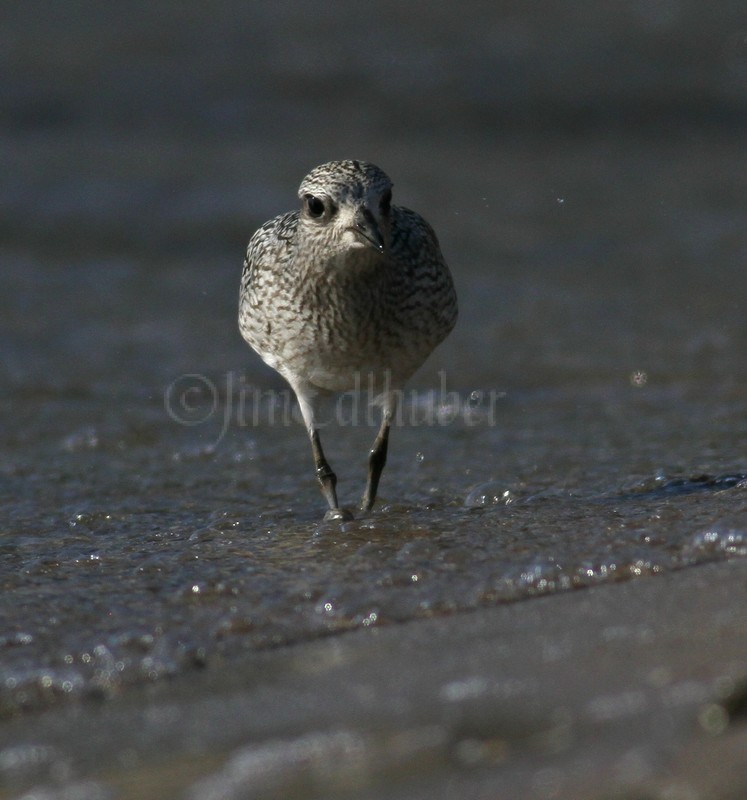
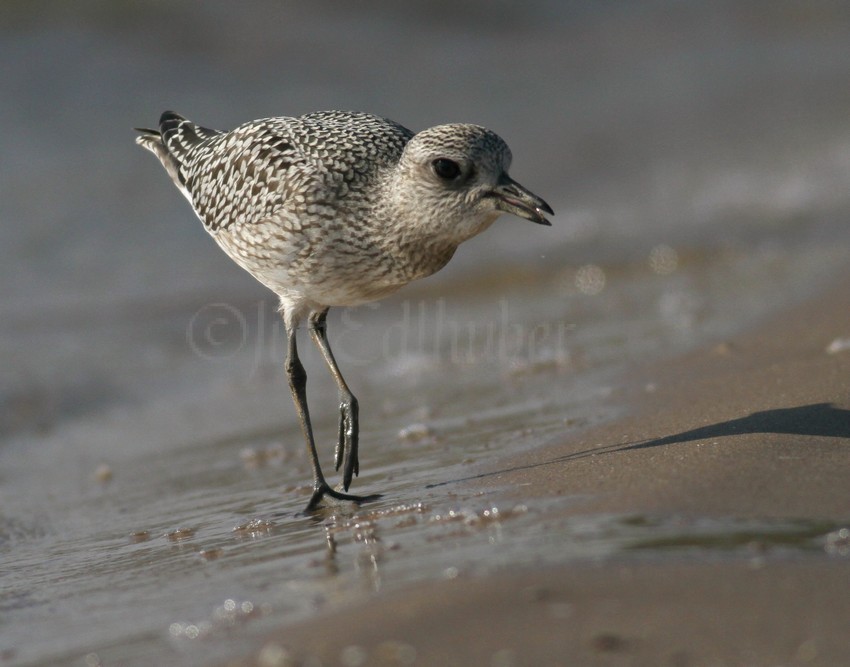
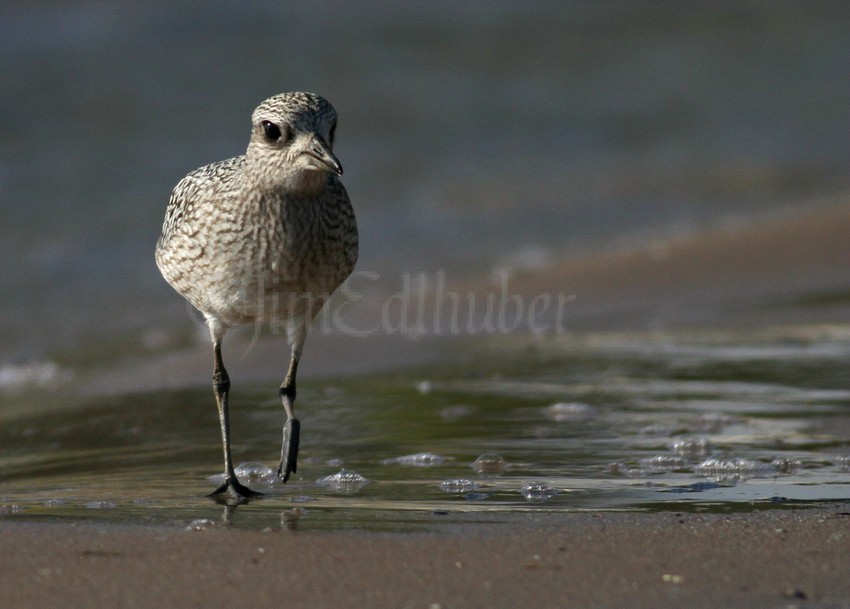
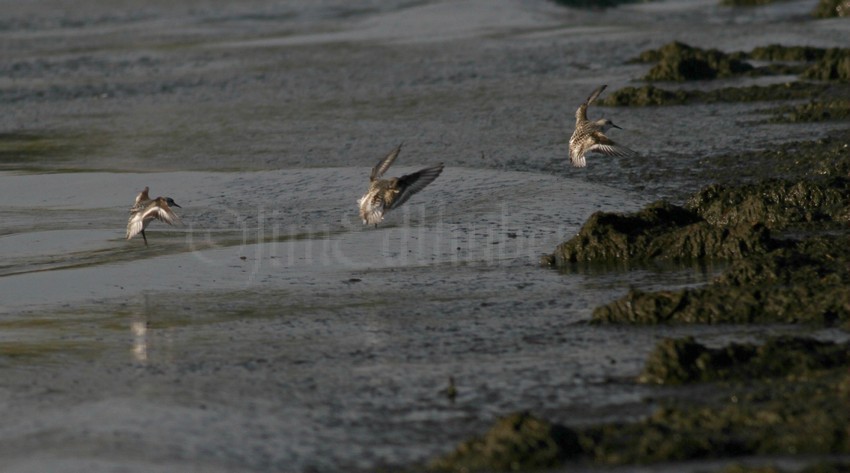
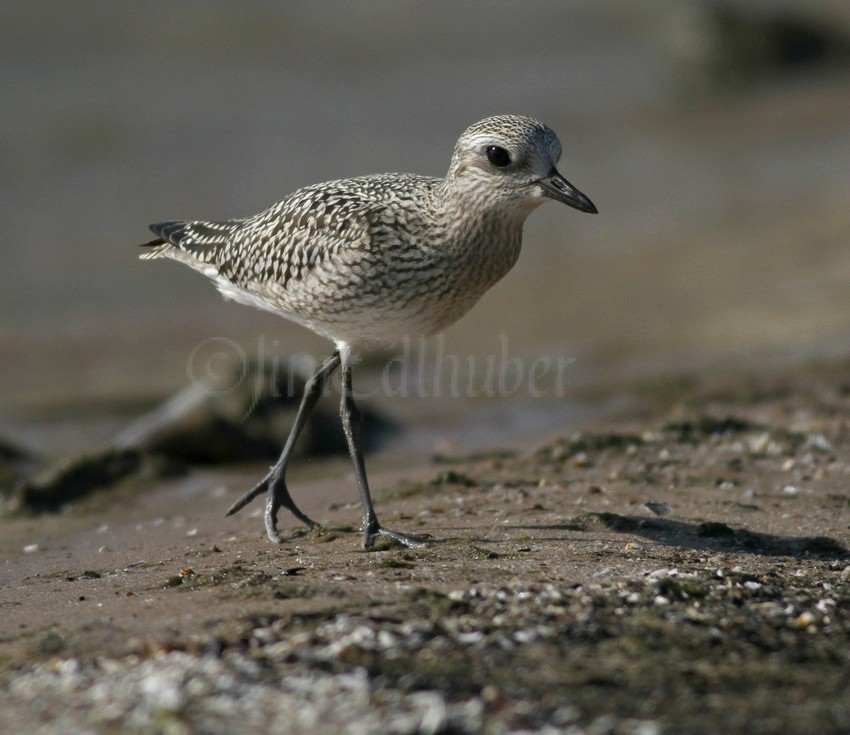
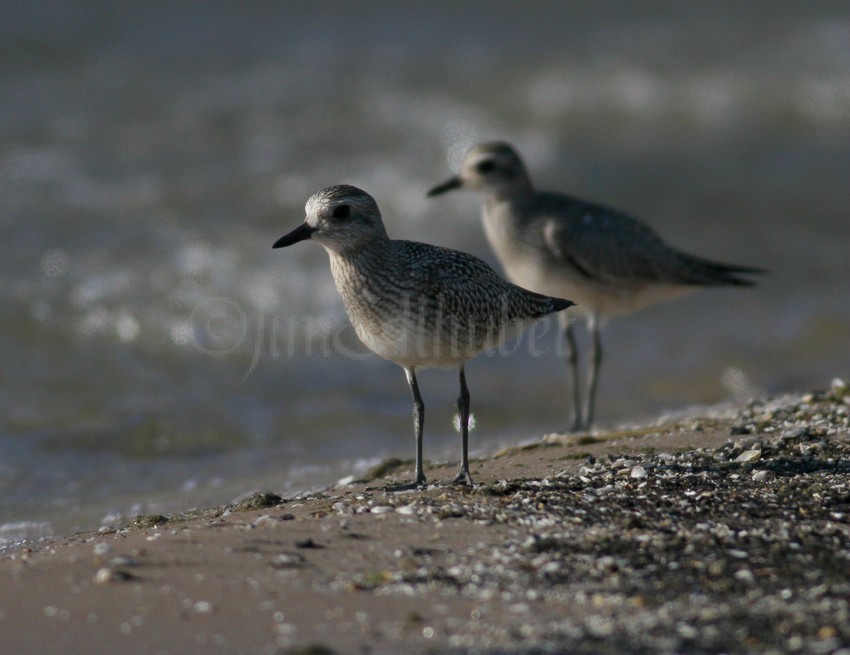
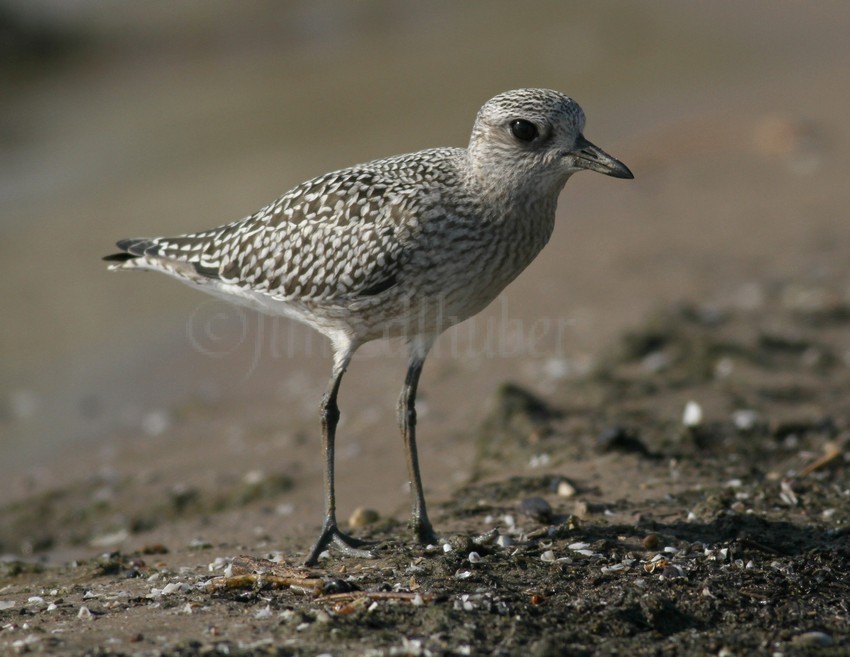
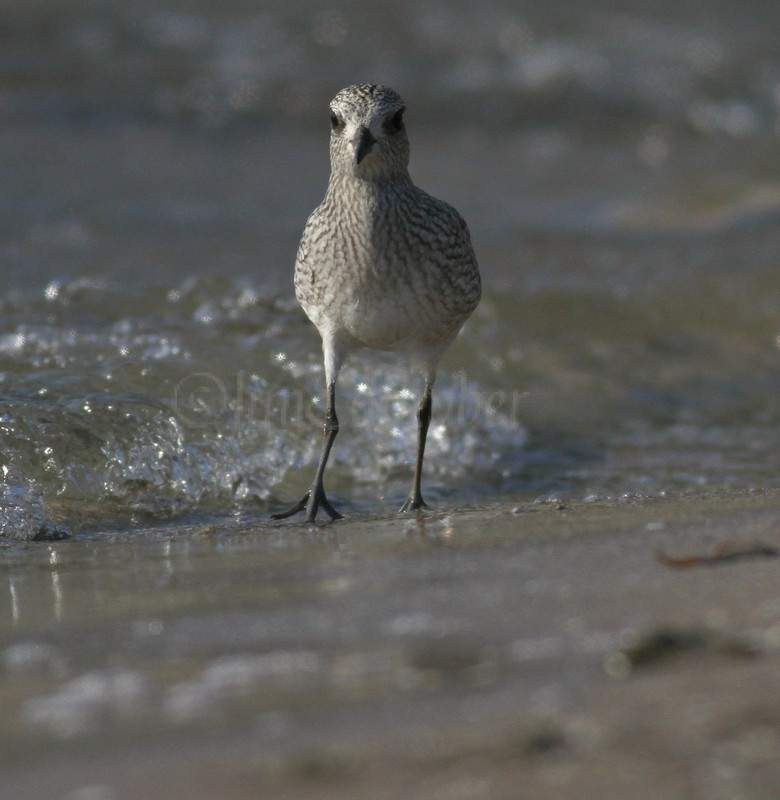
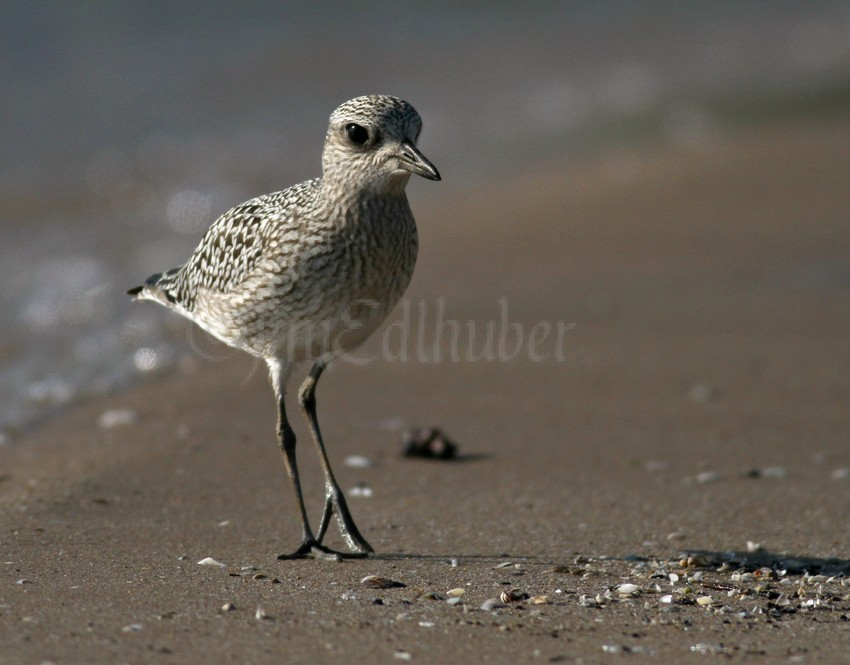
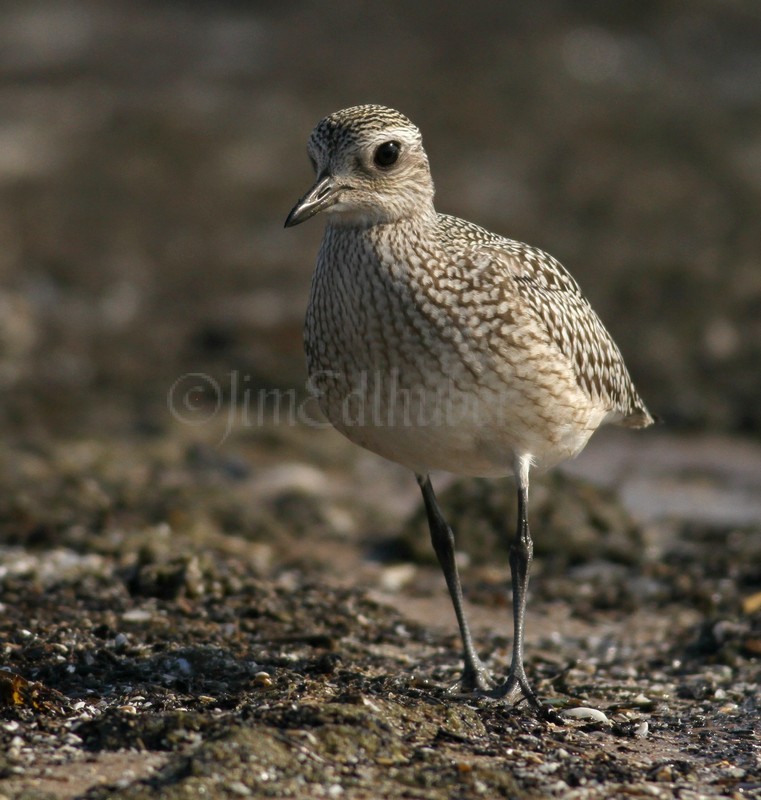
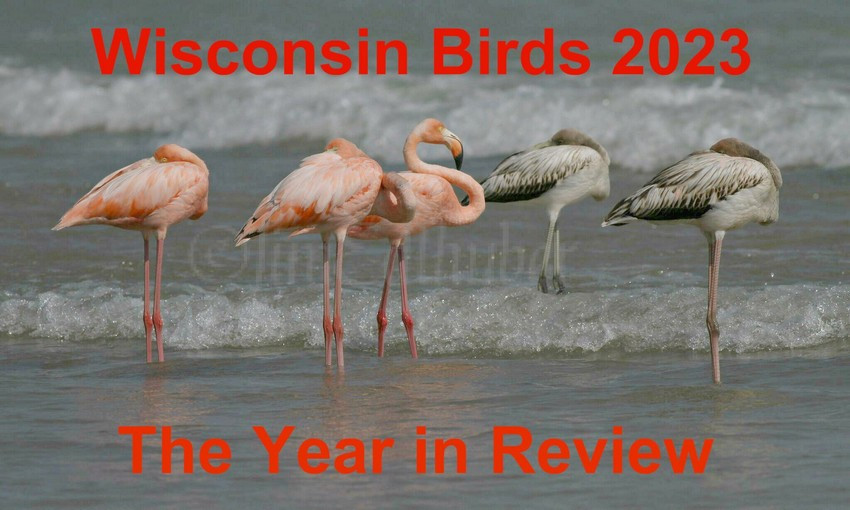
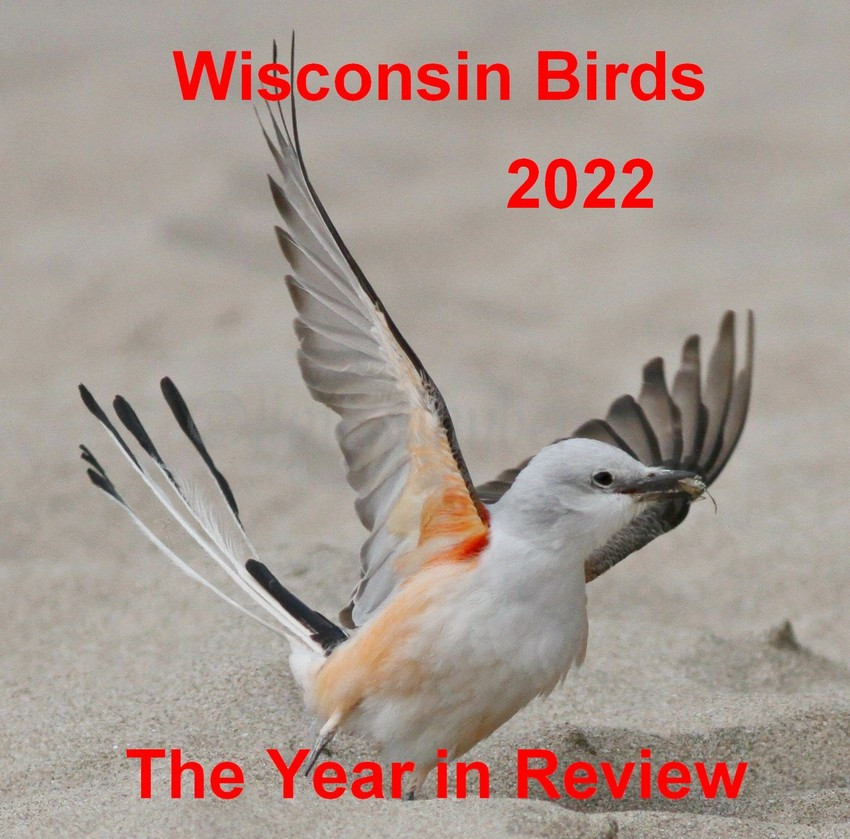
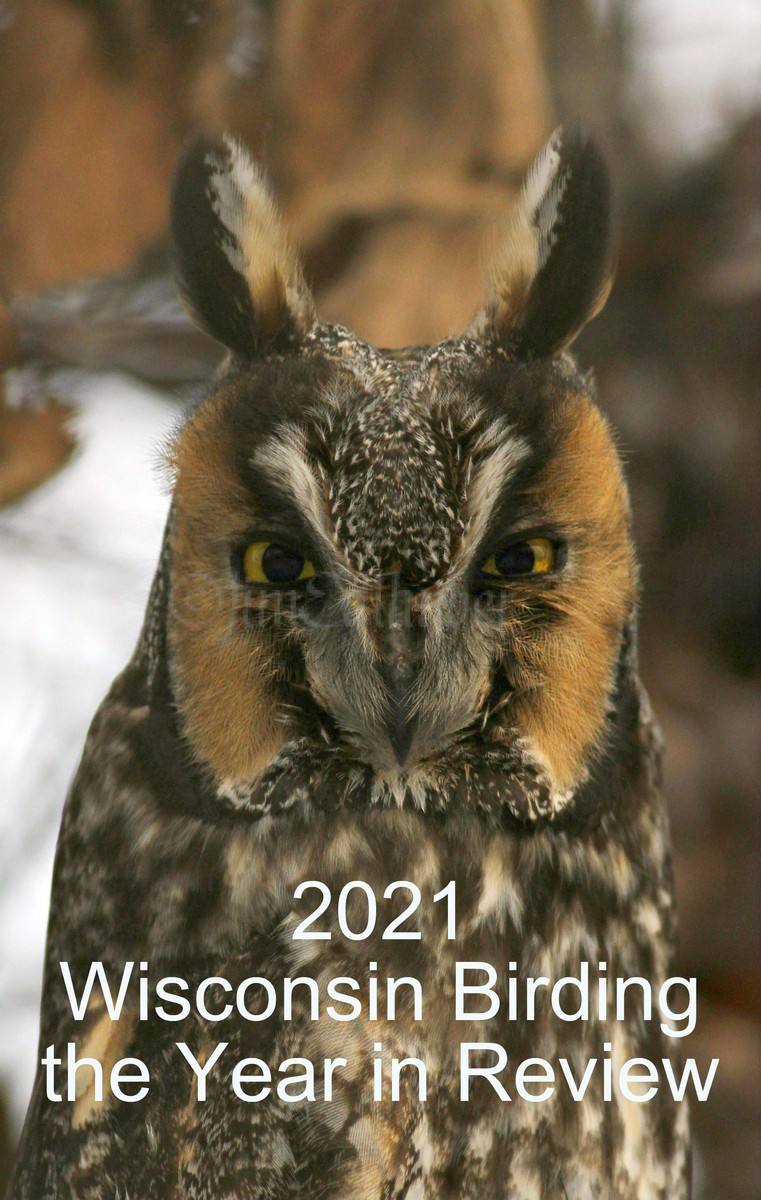
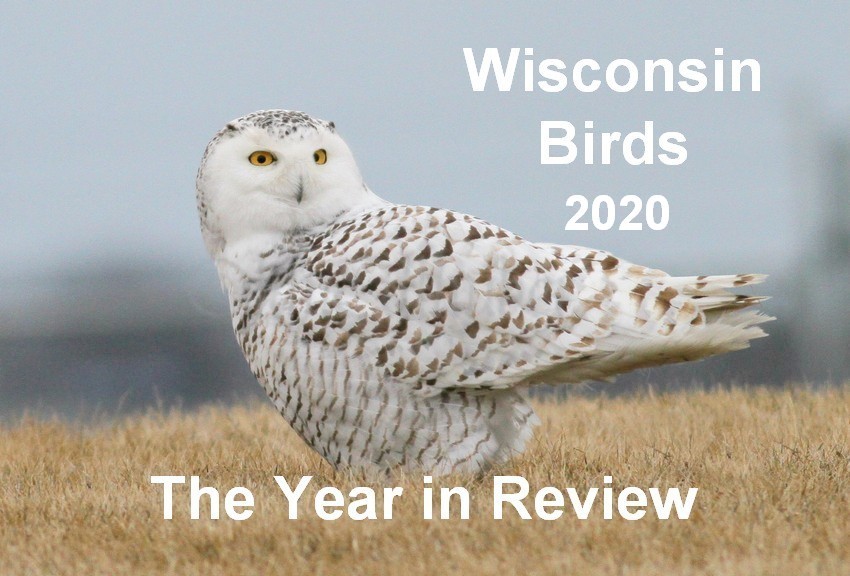
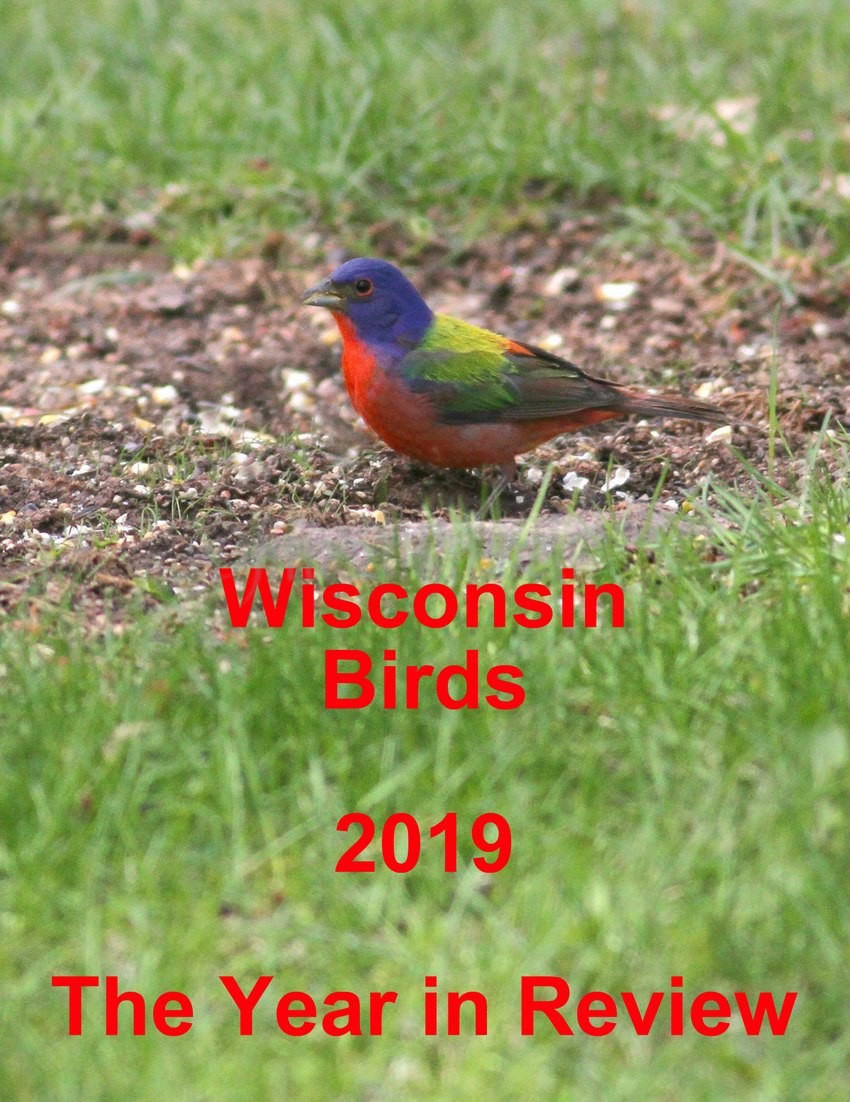
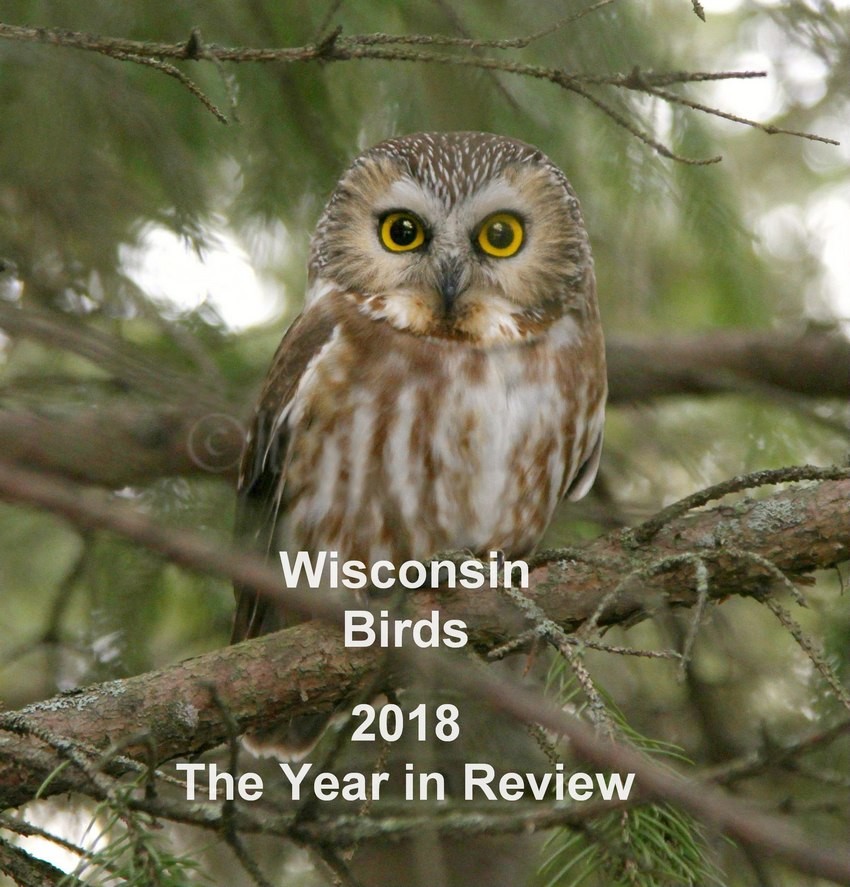
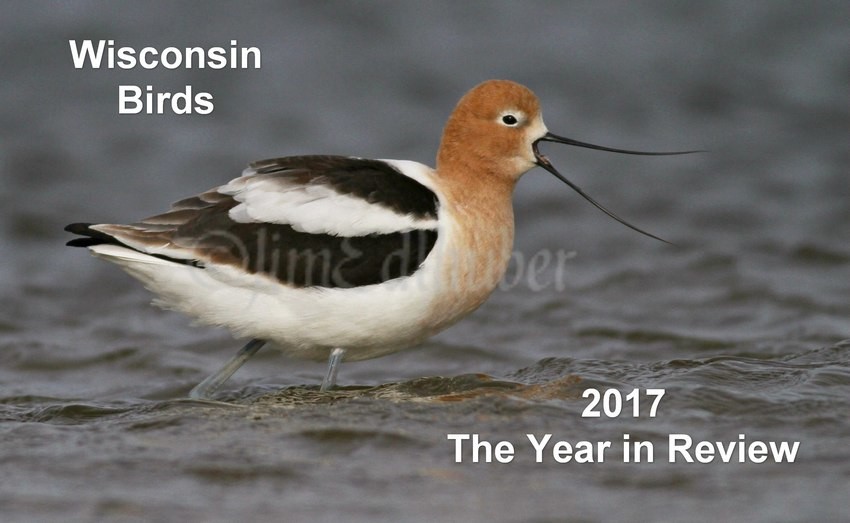
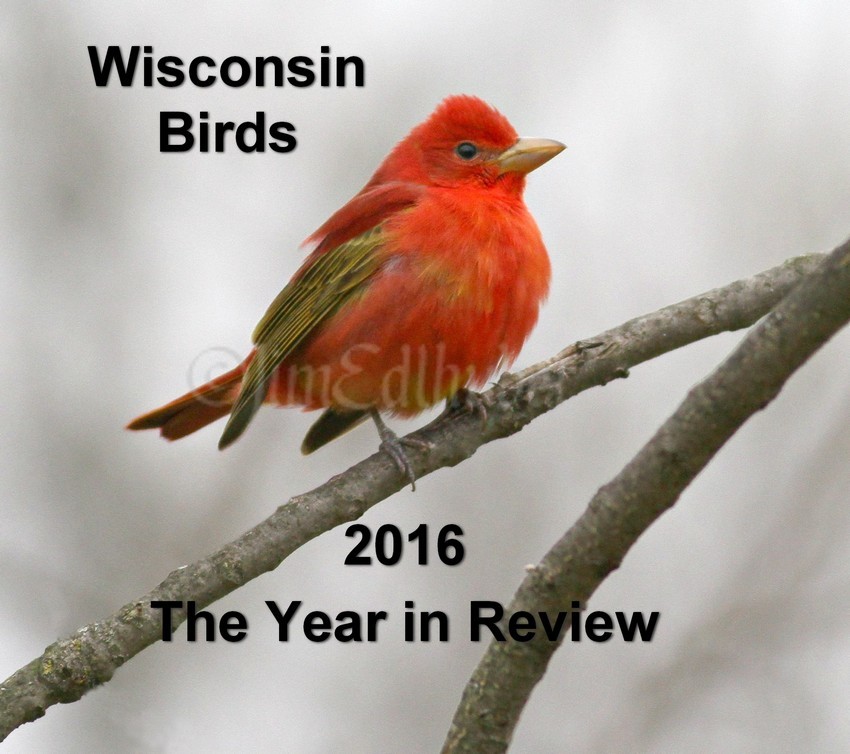
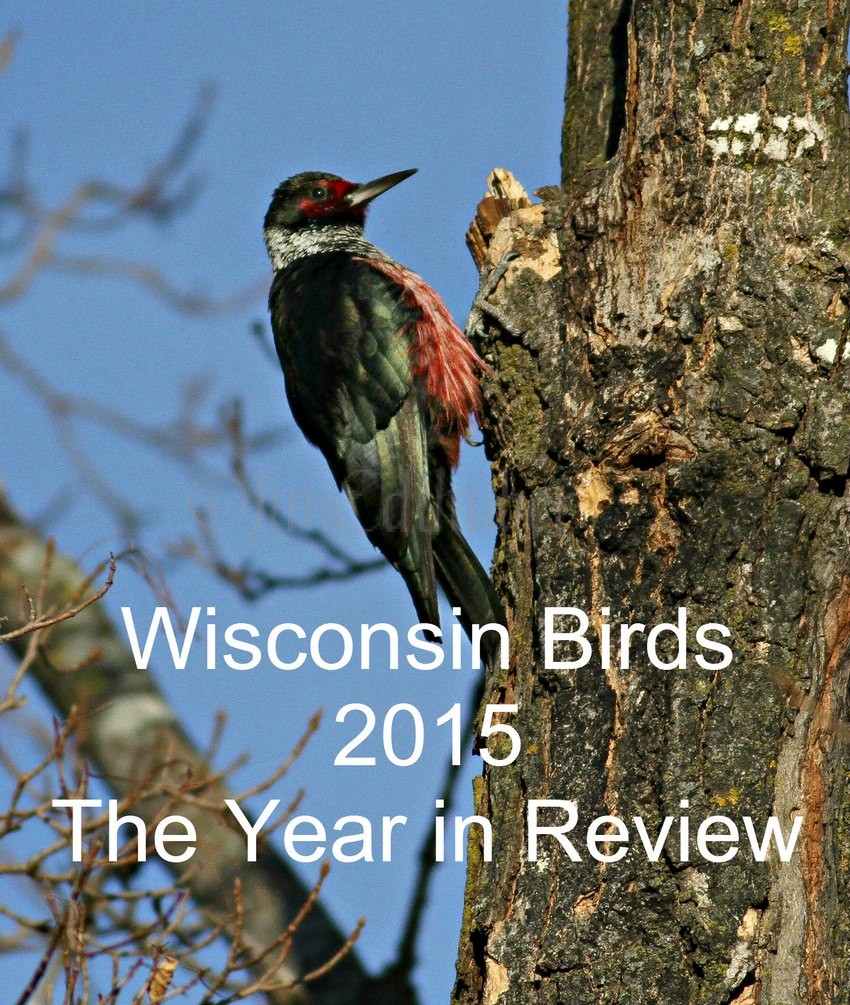
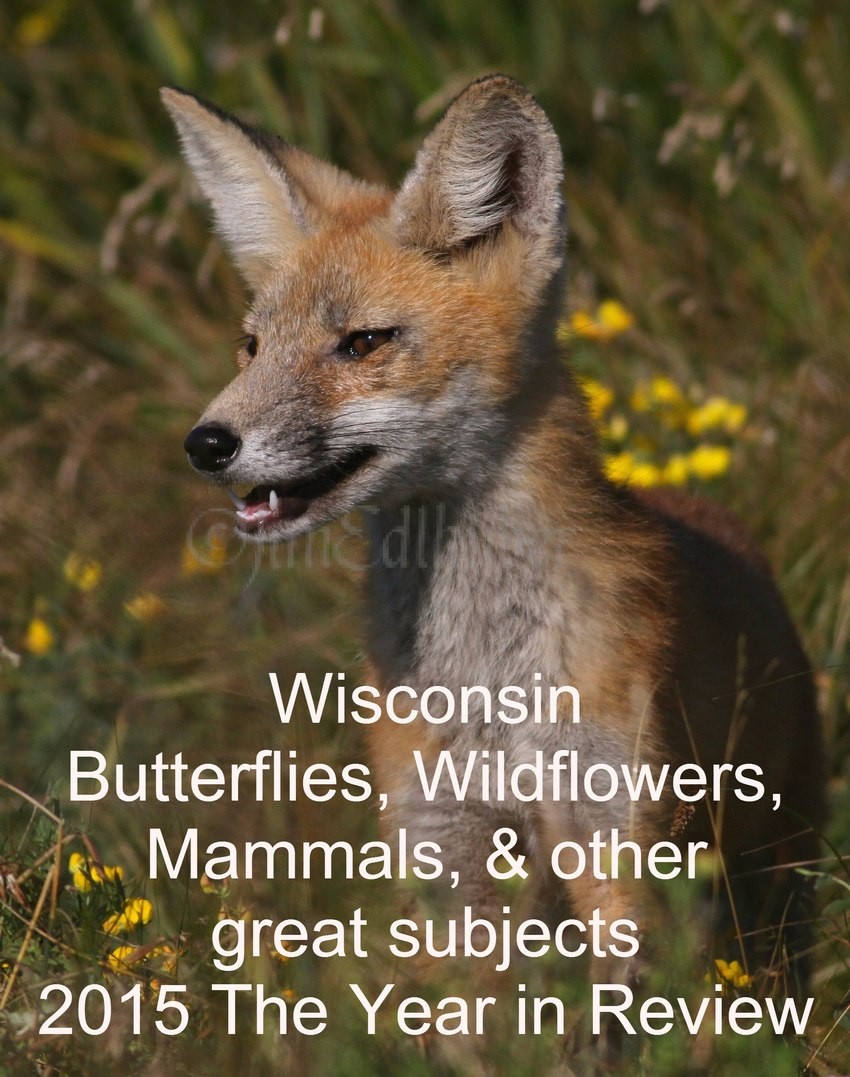
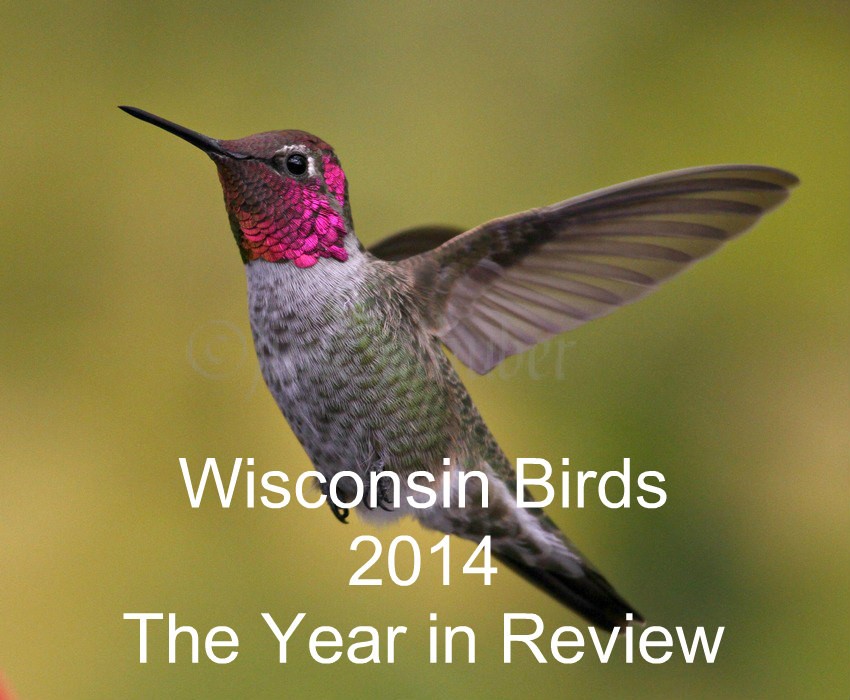
Interesting to see how those long, skinny legs can look so stiff and purposeful – and then one is suddenly lifted and appears like draped seaweed. Water bubbles along the shore – and tiny shells contribute to the calm setting where a breakfast is taking place. Jim, thanks for burying yourself in the wet sand in order to capture this little shorebird’s solitary morning!